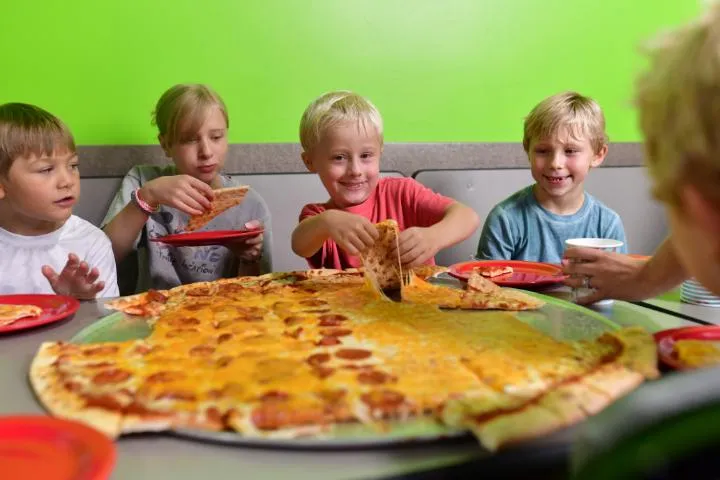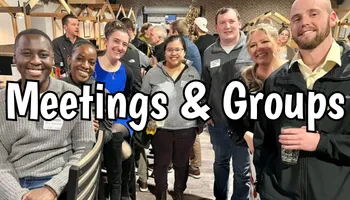
Lessons from the Trenches: Real Advice for Mixing Family and Business
Advice I'd Give My Younger Entrepreneurial Self
Looking back, it’s humbling to remember how much I didn’t know when I first started out. If I could hop in a time machine and give my 25-year-old self some advice, I’d say: work in the industry first. There’s no substitute for real-world experience, even if you have to intern for free or take a less glamorous position. Learn every piece of the business from the inside. It’s cheaper to make your mistakes on someone else’s dime, and you’ll gain an invaluable working knowledge that no business book or classroom can match.
Shirley shared how he and Shirley often started ventures with little more than curiosity and a leap of faith. Their story about the car wash, how seeing one in action led them to build their own, shows just how much the business landscape has changed. Today, research is more critical than ever; jumping in blindly is a much riskier proposition. Kim, ever practical, emphasized the need to write a clear business plan, by hand. If you can’t articulate your vision, you’re not ready.
The Art (and Anxiety) of Investing in Your Business
Let’s talk about that heart-stopping moment when you realize you need to sink serious money into a venture. Do you opt for the low-capital side hustle, or do you go big? Think Dairy Queen franchise or a new roller coaster at a resort?
Each business has its own financial realities. When it came to starting GoSocial Experts, I was able to launch with just a laptop. But investing in a Dairy Queen? That’s a six-figure proposition. The stakes are higher, the stress is greater, and the unknowns multiply. No matter how many market studies you read, theory only gets you so far. As Kim put it so clearly, you need multiple sources of information and cold, hard numbers before you dive in.
Tom and Shirley both spoke of the importance of doing your homework thoroughly, especially if you’re buying an existing business. Change too much, too fast (especially with staff), and you risk killing what made it successful in the first place. Existing customers and employees are a foundation; treat them like gold.
Reinvesting: When to Modernize and When to Hold Off
When you own a franchise (like Dairy Queen), sometimes reinvesting isn’t a choice, it’s a requirement. Every decade or so, we’re required to remodel and update equipment. It’s painful, but after the dust settles (and the money works itself out), it’s almost always worth it. One win Kim shared: investing in a new pass-through warmer. It wasn’t cheap, but its positive impact on speed, accuracy, and customer satisfaction quickly paid for itself. When possible, we pilot new tech in just one store to manage risk before rolling it out across all locations.
The key questions we ask before any investment:
Will it increase sales?
Will it lower costs?
Will it improve the customer (or employee) experience?
If the answer isn’t a clear yes to one or more questions, we rethink the spend.
Courage (With Caution): Knowing When to Leap
At some point, you’ve collected all the data, talked to everyone you trust, and crunched the numbers repeatedly. That’s when you have a choice: keep strategizing or finally jump. Our advice, hard-earned, is when the research, math, and gut agree, you have to leap. There are always surprises (like discovering bad soil under a new parking lot), but those are part of the adventure.
As Tom wisely put it, don’t let yourself be paralyzed by “what ifs.” Do your homework, be comfortable with your decision, and move forward with confidence. You’ll make mistakes; that’s inevitable. But with diligence, resilience, and a willingness to laugh about the hard times a year down the road, most risks are survivable and often well worth it.
Advice for Entrepreneurs at Any Stage
The world spins because entrepreneurs dare to leap, sometimes headlong, sometimes with a calculated spring. Wherever you are on your journey, I hope our stories serve as both a warning and encouragement. Prepare smart, ask for advice, treat your people well, and remember: taking action beats staying on the sidelines every time.
Would you do anything differently in your own entrepreneurial journey? Drop me a line at brian@mixingfamilyandbusiness.com I’d love to hear your story!
Make sure to listen to episode 66 here and check out our other blogs!




















